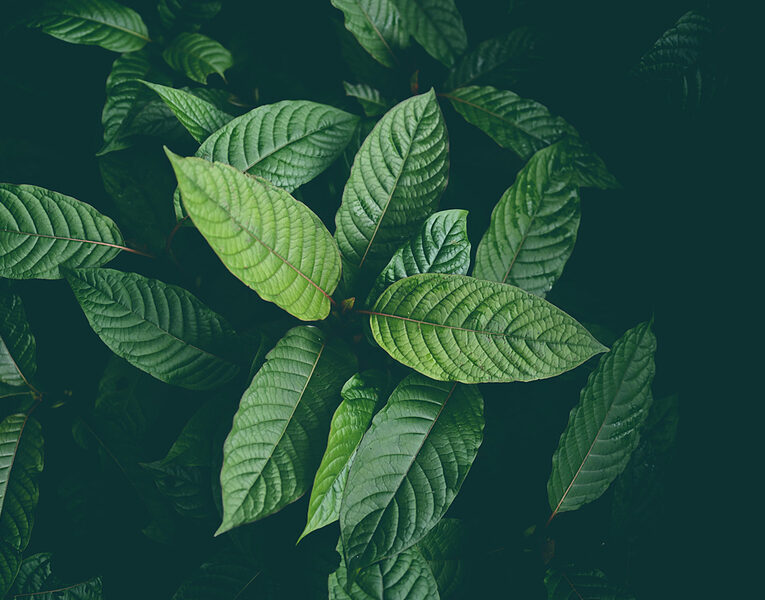The history of drugs is littered with instances of safe, natural plants being artificially manipulated or chemically altered to create compounds and products that are far more potent, addictive, and sometimes deadly.
As early as 3,400 B.C., Sumerian farmers in lower Mesopotamia were cultivating poppy flowers to produce opium, a powerful narcotic which they referred to as Hul Gil or the “joy plant.” Assyrians and later Egyptians would continue planting opium poppy seeds in the ancient world.
German pharmacist Friedrich Sertürner in 1804 was the first person to isolate morphine from opium in the misguided hope that the smaller quantity needed to relieve pain would make the substance less addictive.
And 70 years later, C. R. Alder Wright, an English chemist working at St. Mary’s Hospital Medical School in London, was experimenting with morphine when he boiled the substance with acetic anhydride — inadvertently inventing heroin.
This process of turning natural plants into hyper-potent, highly addictive drugs isn’t limited solely to opioids: It can be seen time and again throughout history, from coca leaves becoming cocaine to natural hemp being made into intoxicating delta THC products.
Today, we’re witnessing the process unfold again in real time as bad actors take natural kratom — a plant native to Southeast Asia whose leaves have been consumed for centuries — and synthesize it into a dangerous novel opioid known as concentrated synthetic 7-hydroxymitragynine (7-OH).
Part of a new class of drugs called Gas Station Heroin, concentrated synthetic 7-OH binds to opioid receptors in the brain with a potency 13 times greater than morphine. These dangerous products can be found in vape shops and convenience stores across America.
Although chemically designed to mimic hard narcotics, concentrated synthetic 7-OH opioid products are stocked alongside everyday snacks and beverages, advertised as harmless alternatives to prescription pills and all-natural supplements.
Other concentrated synthetic 7-OH opioid products are wrapped in bright, kid-friendly packaging and sold under pharmaceutical knockoff brand names such as Dozo Perks, Roxy, and Kosmic Ludes.
The intent is clear: Fuel for-profit addiction by evading enforcement and deceiving consumers.
Misleadingly marketed as natural kratom, which they are not, concentrated synthetic 7-OH opioid products carry side effects that include respiratory depression, dependency, and overdose. That’s why the Food and Drug Administration in July recommended classifying concentrated synthetic 7-OH as a Schedule I controlled substance.
Importantly, FDA officials affirmed that the agency is not focused on scheduling natural kratom leaf, which has an established safety profile and presents “minimal health concerns,” according to health officials. This is an important distinction—acknowledging the safety and benefits of the natural leaf and focusing action against chemically manipulated synthetics.
But that hasn’t stopped some states and localities from pursuing blanket bans on both substances, overriding federal guidance and wrongly equating whole-plant botanicals with lab-made opioids.
History and science show why such sweeping moratoriums are so problematic. Making this distinction clear through policy is crucial for protecting access to natural botanicals while prohibiting the use of dangerous synthetic derivatives.
Moreover, an estimated 23 million Americans already consume natural kratom leaf, and banning it entirely would strip them of a plant that’s been used safely in the United States for decades.
From a health policy perspective, conflating whole-leaf kratom with concentrated synthetic 7-OH is akin to banning poppy seeds because of heroin. Responsible government regulation, as recently demonstrated by the FDA, must be rooted in pharmacological reality, not political panic.
The fight against concentrated synthetic 7-OH opioid products is necessary, but it must be waged with precision by following federal policy. Kratom’s legacy—and Americans’ right to choose natural alternatives—deserve better than guilt by association.


